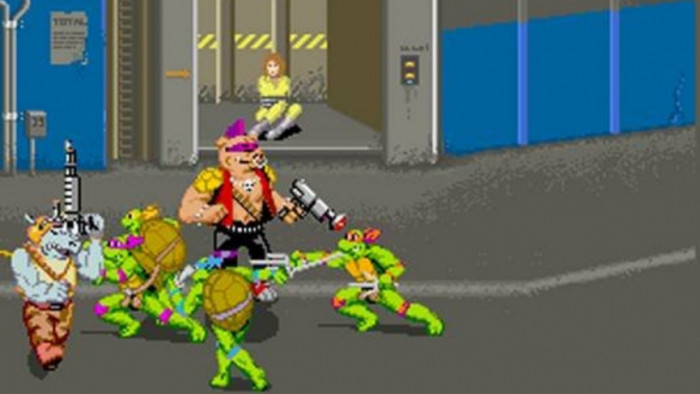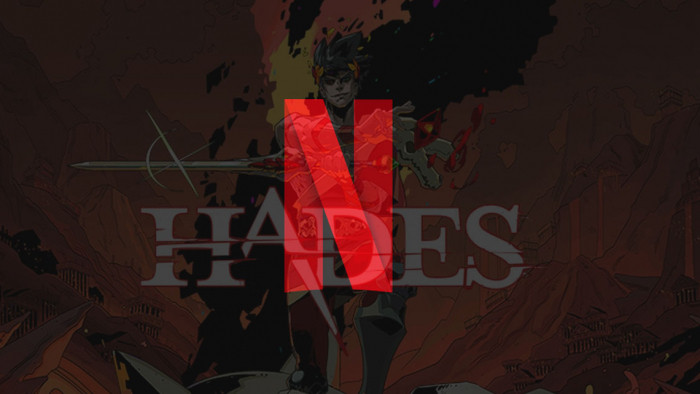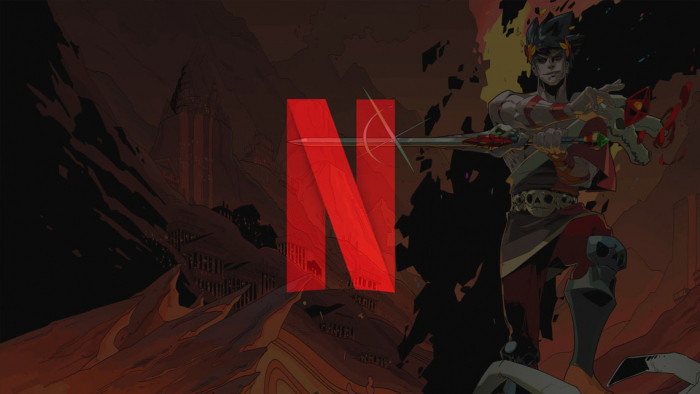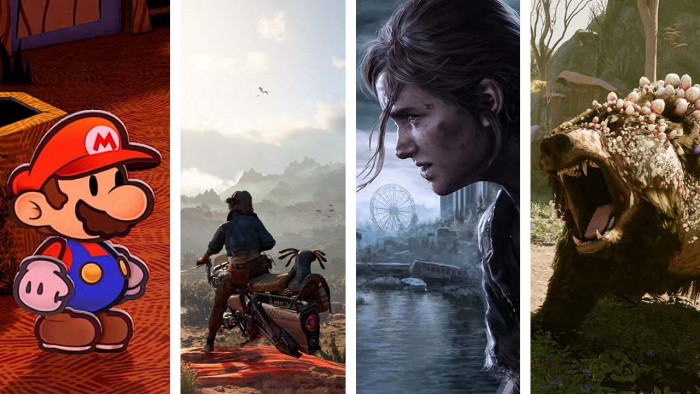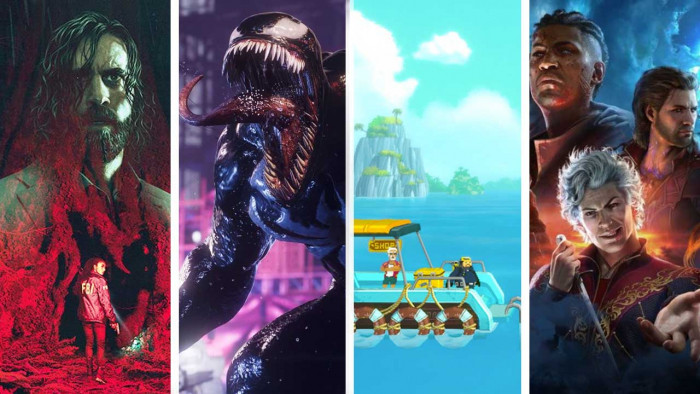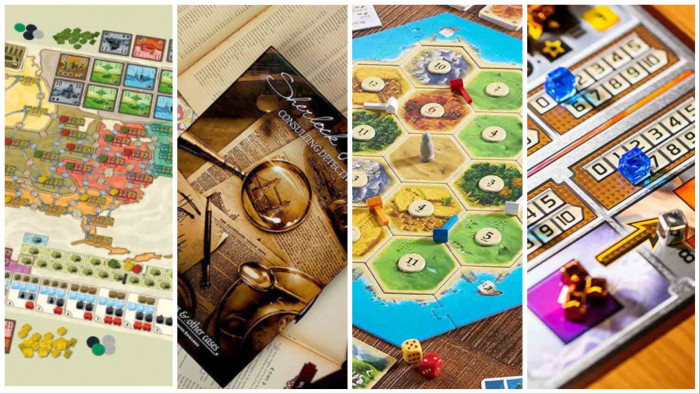There has been a lot of chatter about Konami of late. Many a PlayStation fan wants Sony to buy up the company as some sort of retaliation for Microsoft buying Bethesda. And, you know what? That isn't such a bad idea.
Founded just before the 70s, the company built up a huge following thanks to early hits Frogger and Super Cobra. But it wasn't until the mid 80s, with the launch of the NES that the company came into its own.
After that the franchises started and there were a lot: Metal Gear, Silent Hill, Castlevania, Contra, Pro Evolution Soccer... it's an impressive list.
But what games from Konami's illustrious history are the GOAT? Well, here's our list of the best Konami games - and, man, we want to play every single one of them right now.
- The best retro games revealed
1. Frogger (1981)
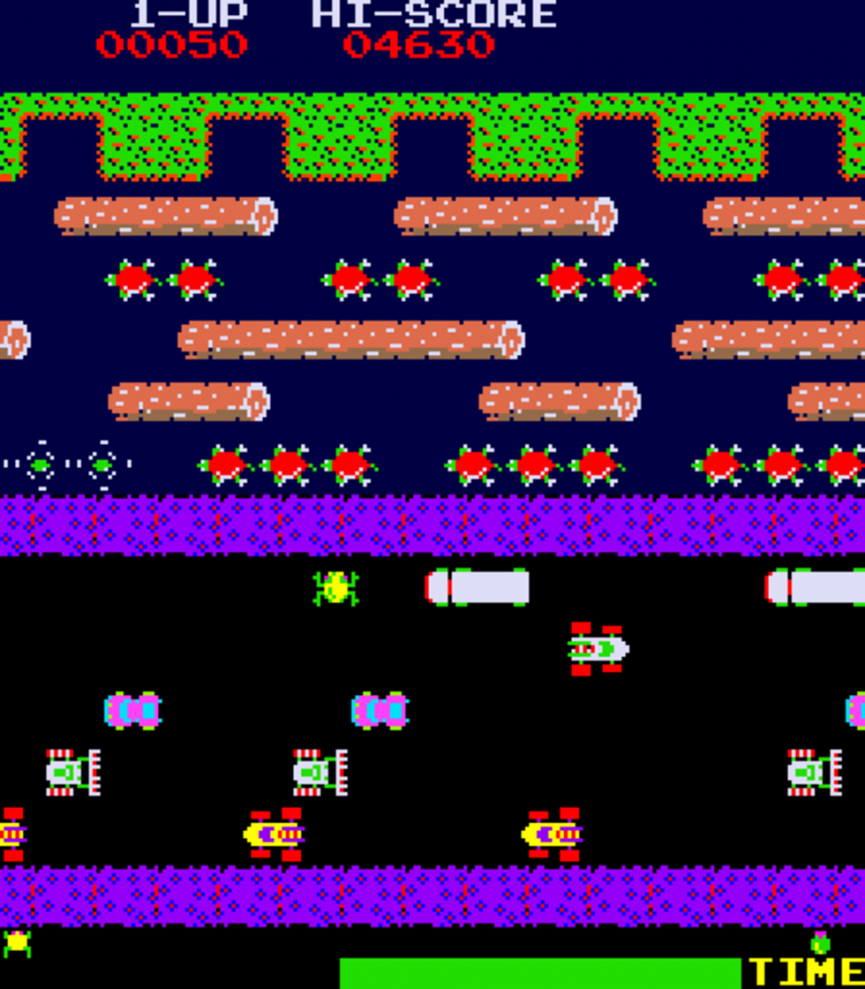
In short: You're a frog. In a game that plays out like a chicken joke, you need to cross a road and river in order to reach the safety of your pond, dodging variably speedy traffic to get there. It was, and still is, a classic.
Best fact: There have been 29 official sequels to Frogger, making it one of the longest-running franchises ever. It's also one of the most "copied" games in history - Sega even had a go, releasing Ribbit.
2. Track & Field (1983)
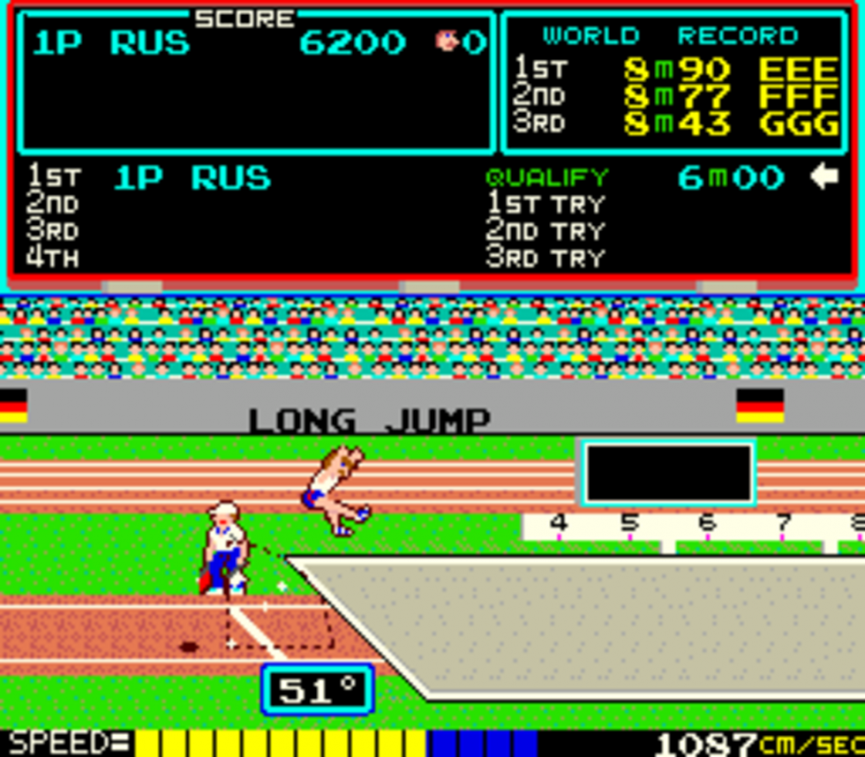
In short: Six track and field athletics events, each designed to break your fingers and thumbs as you push yourself and your little pixelated character to the limit in search of the ultimate highs score. A truly majestic accomplishment of simple design and addictive point hunting.
Best fact: Think you've got a high Track & Field score? Think again. The current record of 95,350 was set by Hector Rodriguez of California in 2008, with some describing it as "unbeatable". Challenge accepted.
3. Castlevania (1986)

In short: Once every century, Dracula's castle appears. You, Simon Belmont, must battle your way through its haunted halls and stick the pointy end of a stake through the old vamp's heart.
Best fact: It would usually take an entire day to complete the original Castlevania - unless you happened to have the Japanese Famicom Disk System, which allowed you to save your progress. Japan got the best of everything when it comes to retro gaming.
4. Blades of Steel (1987)

In short: With its fast-paced action, simple controls and player-on-player fights, Blades of Steel was one of the most enjoyable sports titles of the decade when it slid onto arcades in 1987 (it was hugely popular for consoles when it received a port a year later).
Best fact: The fights were one of the game's most entertaining elements, with players able to 'Block', 'Head Punch' or 'Body Punch' their opponent. The loser would be sent off for around 20 seconds.
5. Teenage Mutant Ninja Turtles: The Arcade Game (1989)

In short: You take control of the band of Teenage Mutant Ninja Turtles in a title that defies the usual rule that "films/TV shows don't make good games". It was like Streets of Rage, in a half shell.
Best fact: The four player co-op was a hugely impressive inclusion, with the title collecting the "Best Theme, Fun" and "Best Game Overall" in the 1989 Nintendo Power Awards.
6. Gradius (1985)
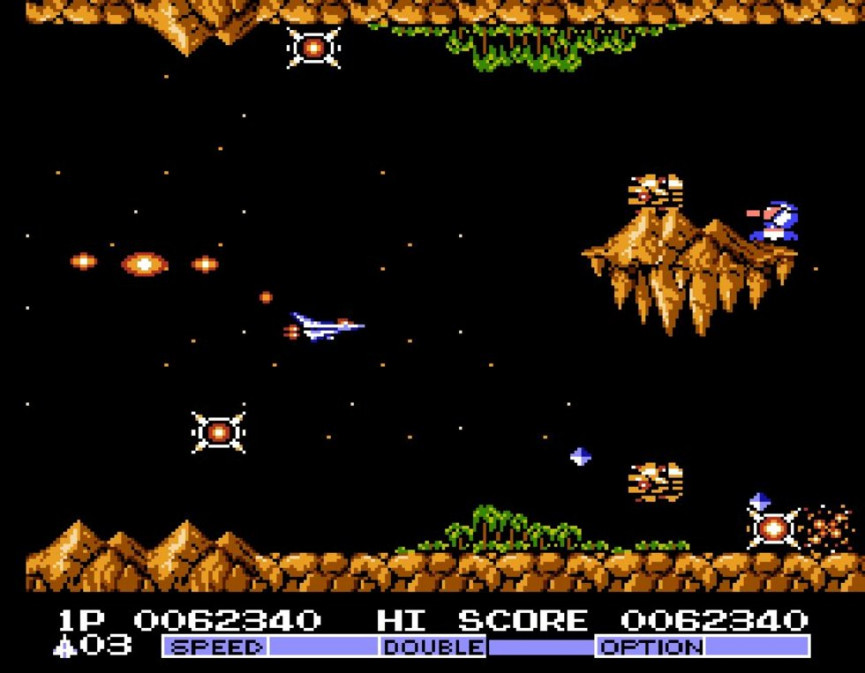
In short: A mammoth side-scrolling arcade shooter, it was impossible not to mimic the "pew-pew" sound effects after 10 minutes of play time. Playing as Vic Viper, you had to defeat wave-after-wave of alien scum, collecting increasingly bad-ass weaponry as you progressed through space.
Best fact: The NES version of Gradius was the first to introduce the Konami Code to the Nintendo console, upping your ship to its "ximum" level.
7. Contra (1987)
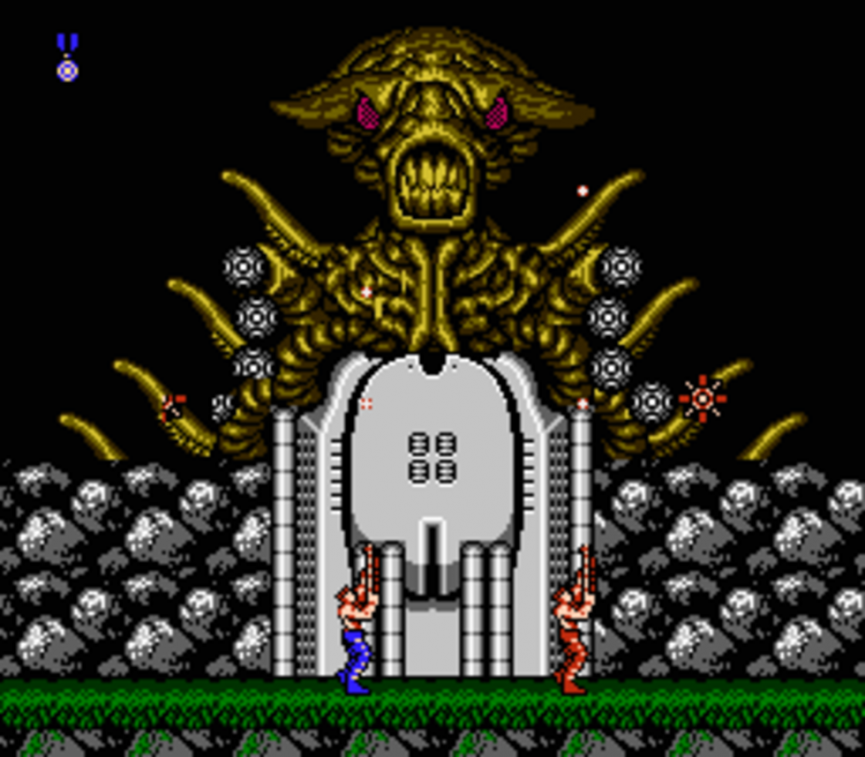
In short: Standard sci-fi stuff - the year is 2633 and the evil Red Falcon Organisation has set a base on the Galuga archipelago near New Zealand in a plot to conquer the world. Bill Rizer and Lance Bean of the Contra unit (an elite group of soldiers specializing in guerrilla warfare), are sent to the island to basically kill the alien scum.
Best fact: The game took a great deal of inspiration from James Cameron's Aliens flick - in addition to the visuals, the characters' names were a combination of the cast, with Bill Paxton and Paul Reiser combining for Bill Rizer and Lance Henriksen with Michael Biehn mixing for Lance Bean.
8. Rocket Knight Adventures (1993)
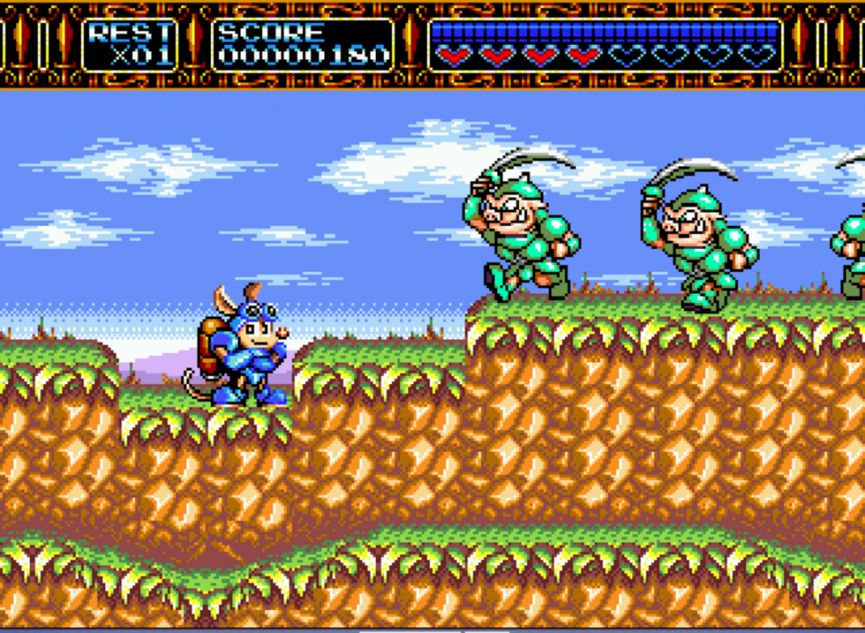
In short: A platforming hero who never got the same level of fame as Mario or Sonic, Sparkster was a rocketeering opossum (it's a marsupial, look it up), who must destroy a powerful ship know as the Pig Star, and its evil emperor intent on destroying the kingdom. Sort of like Star Wars, but with animals.
Best fact: Despite Rocket Knight Adventures gaining high praise from critics - with many drawing comparisons to Sega's famed hedgehog - the game and its two sequels never found mainstream success. If you're a keen retro gamer with an interest in platformers, we urge you to dig up this lost gem.
9. Suikoden (1995)
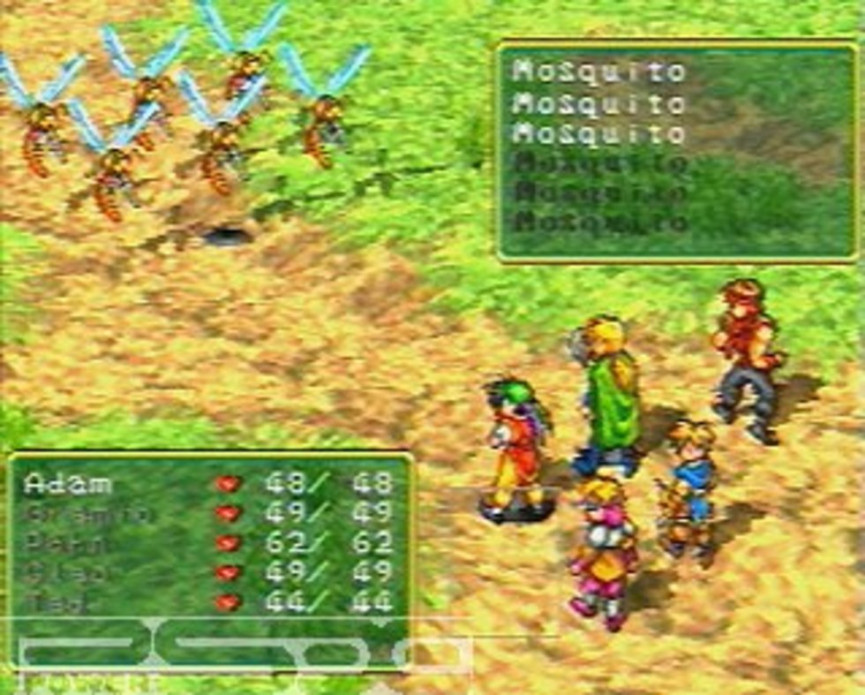
In short: While Final Fantasy was introducing thousands of gamers to the joys of the RPG genre, Konami was fashioning out a gem of its own. Suikoden featured over 100 characters, all potential allies and villains in a story that saw you fight against the corrupt emperor of the Scarlet Moon Empire. Unite the rebels, engage in massive battles, cancel on seeing your friends for the next month.
Best fact: The game's choice system had a massive impact on designer Warren Spector, who credits the game on having a huge influence on his (much more successful) title Deus Ex.
10. Metal Gear Solid (1998)

In Short: Hideo Kojima introduces players to the new vision of his original Metal Gear title of 1987 - a near future world in which players guide Solid Snake through a series of stealthy missions to stop a nuclear attack. You know, standard sci-fi espionage stuff. And yes, Metal Gear Solid is still the best title in the Metal Gear series.
Best fact: One of the most bizarre extras of this fantastic title was the 'ghost' camera. If you find the camera (it's in a room next to where you fight Revolver Ocelot), you can replay the game with the ability to take photos. Why? Because taking photos in the right locations can reveal the 42 ghostly faces of the game's original creators. Which is weird.
11. Silent Hill 2 (2001)

In short: Drawing on the atmosphere and events of the brilliantly creepy Silent Hill of 1999, this sequel took the fear factor up to a new trouser-ruining level. You play James Sunderland, who turns up in the foggy town after receiving a letter from his wife Mary. Except Mary died three years ago. There follows creepy exploration, a girl who isn't who she says she is and a series of monsters that still haunt our dreams.
Best fact: The game had six alternative endings, including two "joke" sequences: one revealed that a dog was controlling things all along, while the other had James abducted by aliens.
12. Pro Evolution Soccer 6 (2006)
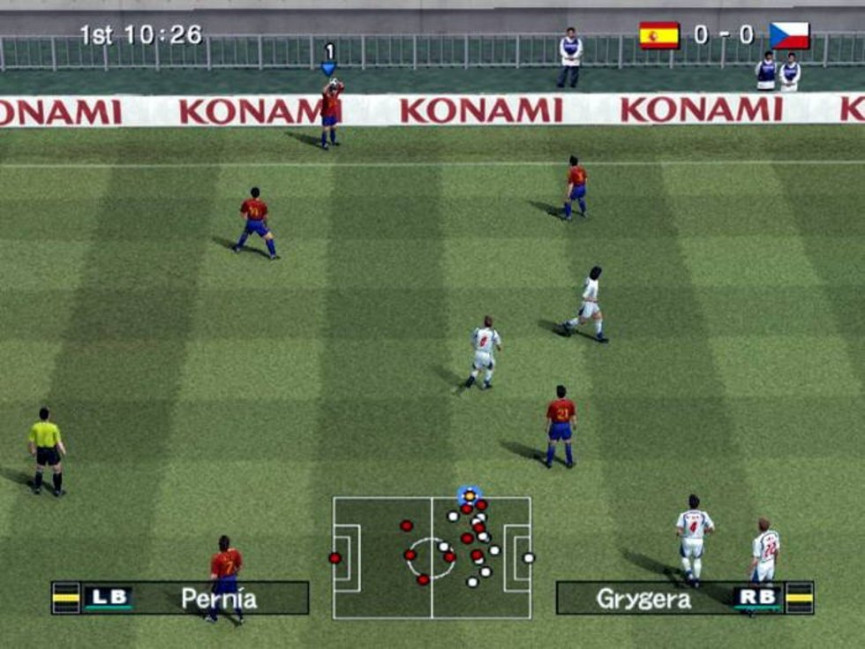
In short: For years, Pro Evo matched FIFA stride-for-stride and kick-for-kick, but the general perception is that FIFA has come to dominate in recent years. Rumours of PES 2015 suggest that they could be about to seriously compete again but, for now, we'll go with the last of the glory years - Pro Evo 6, which pitched halfway between the frantic speed of Sensi and the detailed realism of FIFA.
Best fact: There were some notable differences between the Xbox 360 and PlayStation 2 version of the game, with the Xbox boasting a fully analogue Manual Pass mode and advanced ball physics.
- The best retro games consoles revealed
Latest
Related Reviews and Shortlists


